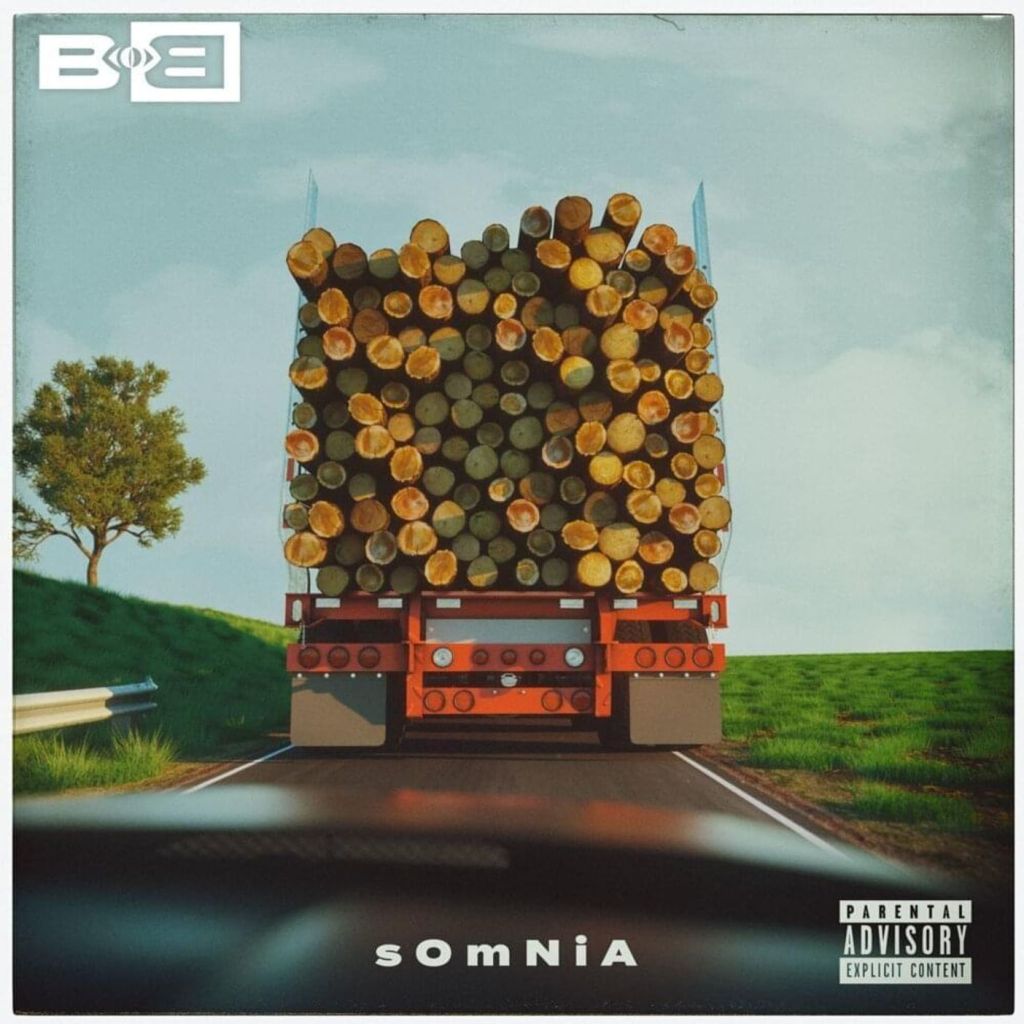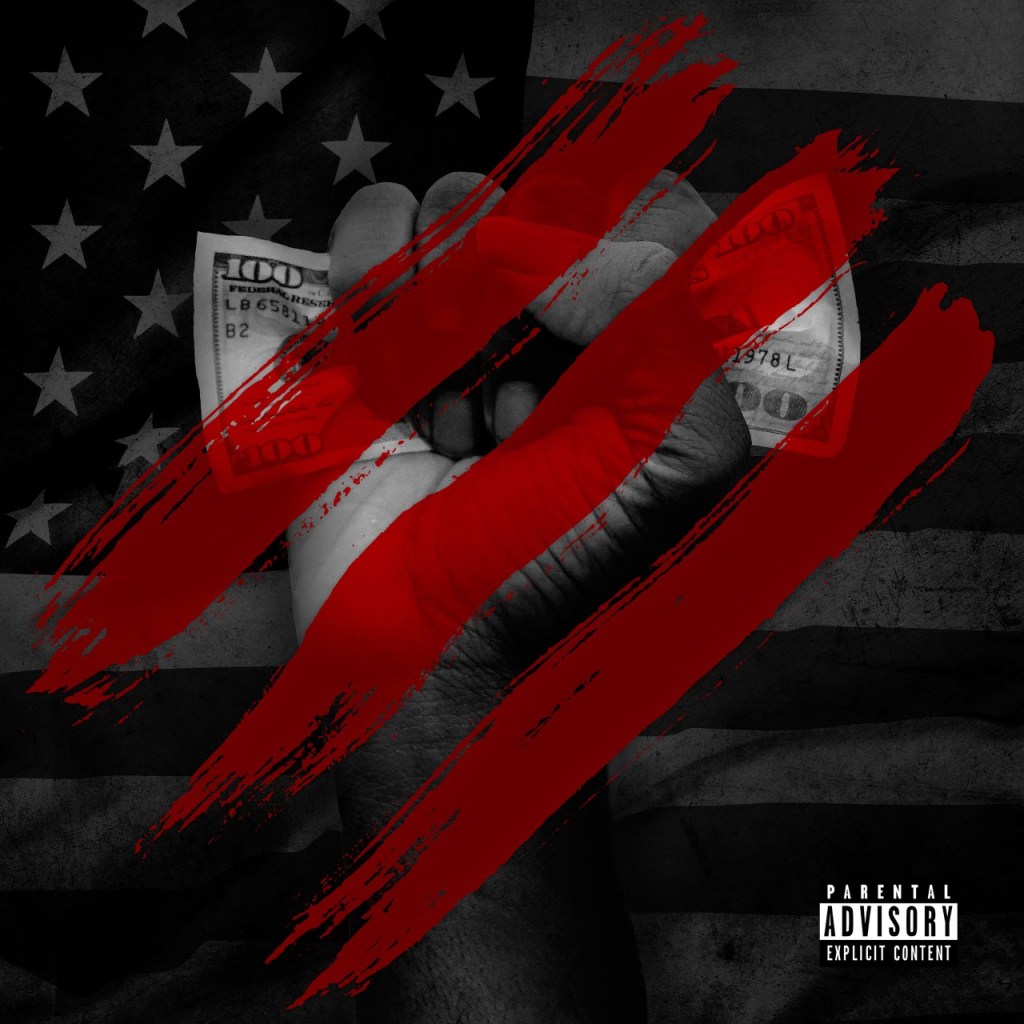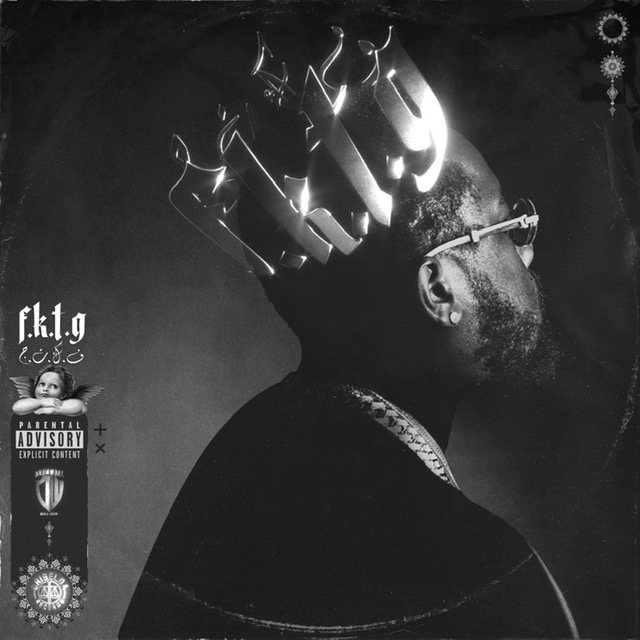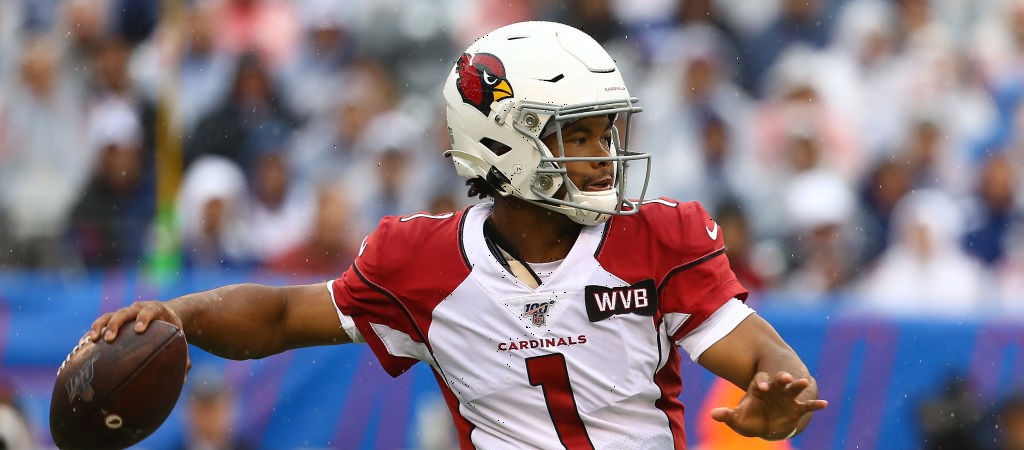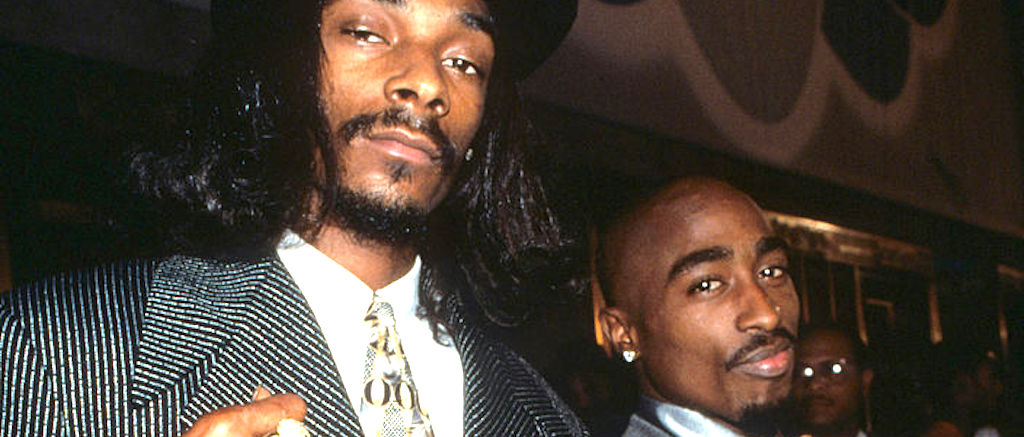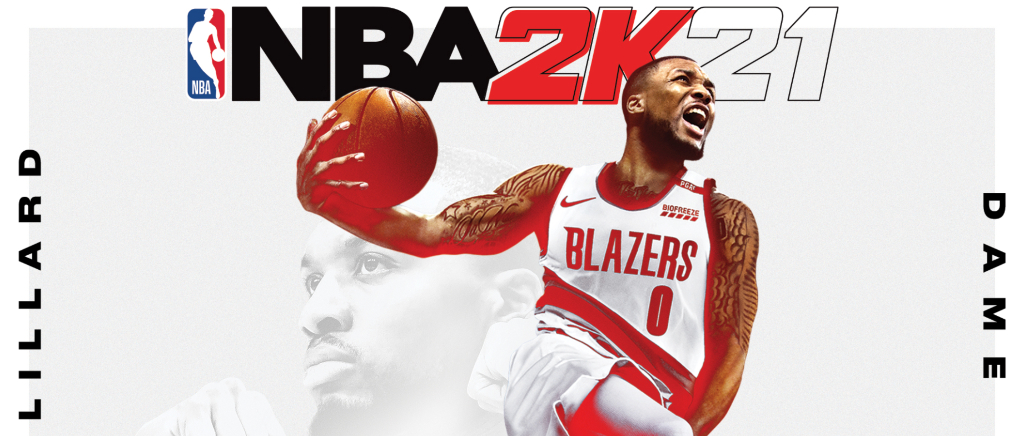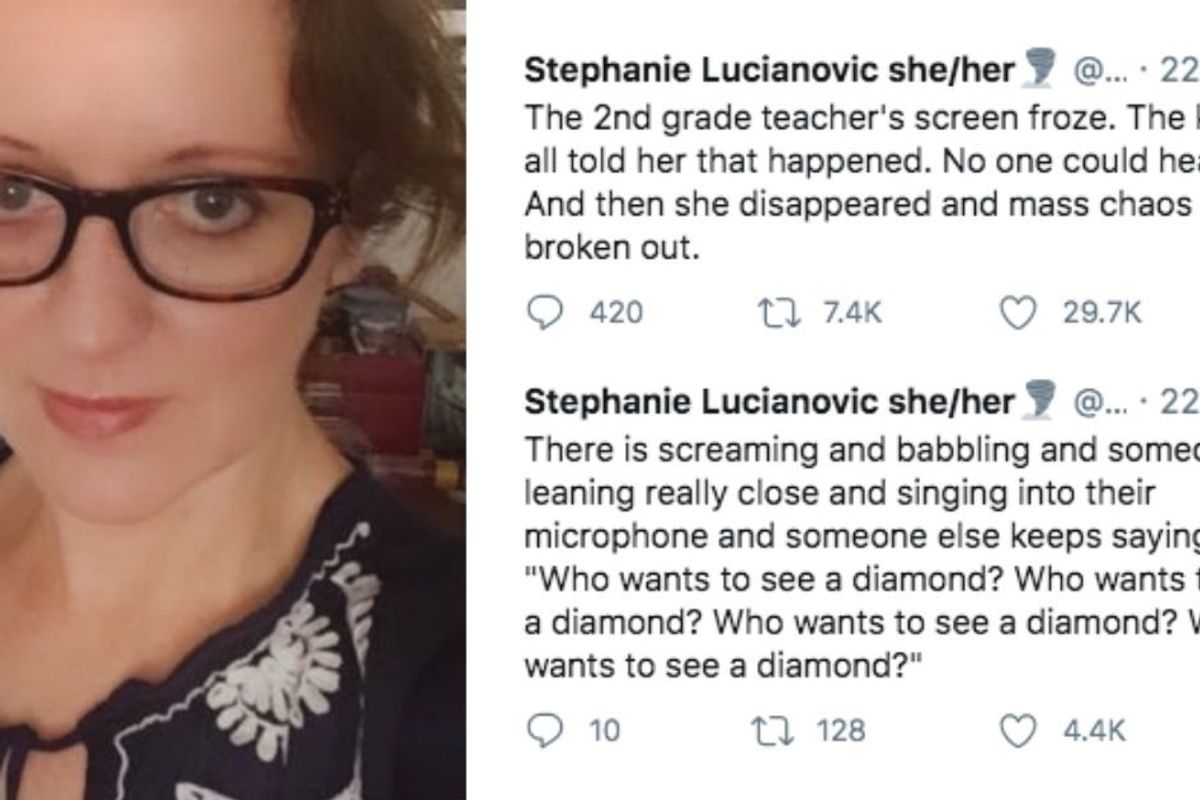
I worked as a substitute teacher in my early 20s, almost exclusively in middle schools and high schools—my age of specialty. Once, I accepted a two-day subbing assignment in a first grade classroom. Only once. Halfway through the first day, as the kids ate lunch in the cafeteria, I sat at the teacher’s desk in an exhausted daze. Teaching little kids was a completely different animal than teaching big kids. While adorable, they had so many needs and so little attention span. It was like herding a bunch of flies that constantly needed to go potty.
Trying to herd those flies virtually during a pandemic is too much to even fathom.
So the real-time story that mom and writer Stephanie Lucianovic shared on Twitter of what happened when her son’s second grade teacher dropped from the class Zoom call was not the least bit surprising. Hilariously entertaining, but not surprising.
Lucianovic wrote:
“The 2nd grade teacher’s screen froze. The kids all told her that happened. No one could hear her. And then she disappeared and mass chaos has broken out.
There is screaming and babbling and someone is leaning really close and singing into their microphone and someone else keeps saying, “Who wants to see a diamond? Who wants to see a diamond? Who wants to see a diamond? Who wants to see a diamond?”
Someone is yelling that it’s dinner time (it’s not) and that they’re getting pizza
(I don’t think they’re getting pizza)
Someone is still screaming about seeing a diamond but they have added extra incentive: “MUTE YOURSELVES IF YOU WANT TO SEE A DIAMOND!”
I really want to see what 2nd grader has a diamond, so I muted my 2nd grader.
I’m not being shown the diamond.
Another kid has announced that everyone “NEEDS TO LOOK OUTSIDE AT THE SKY RIGHT NOW!”
I’m unmuting my 2nd grader since there’s clearly no diamond.
2nd grader followed the order to LOOK OUTSIDE RIGHT NOW but in order to help his fellow students also follow the order, he turned his screen around to show them the OUTSIDE RIGHT NOW
and knocked over his entire pencil bucket.
Unfortunately, I didn’t see it happening as it was happening and I screamed at the crash.
Dr M has run down the hall
A 2nd grader parent who also happens to be a teacher at the school is trying to get control of the situation via her kids’ screen
(she can’t because she’s not the host and the kid who somehow became the host when the teacher got booted off isn’t giving up his hosting duties)(he might be off eating pizza)
I’m laughing so hard Dr M thinks I’m crying I might actually be crying
what are discrete emotions
The parent of the kid in the class who is also teacher at the school is trying to tell everyone to leave the meeting and come back in 15 minutes
meanwhile her kid is dancing and leaping behind her as she tries to grab him by the shirt and also remain calm
someone has hit the record button on this session
(we got a very stringent email from the vice p today telling us NOT TO RECORD SESSIONS)
I tried to leave the meeting but my 2nd grader yelled that HE has to be the one to leave the meeting himself because it’s HIS meeting
(he’s getting the vacuum cleaner to clean up the pencil cup mess because the sharpener cracked open and there are shavings everywhere)
Down the hall in their bedroom my 6th grader is having PE and there are crashes and bangs and shakes and Dr M doesn’t know what to do except stand here and wonder if I’ve finally and totally lost it
He closed the front door because there are neighbors outside in the street.
I told him why bother since everyone already knows we are the loud house
Some kid is now trying to convince the kid with hosting duties to “undisable the chat.”
My 2nd grader has finally left the meeting.
There were never any diamonds.
Now 2nd grader has to go to a very loud and energetic music class and I have to go bury my head in some pillows before emailing the teacher-parent and thanking her for her efforts.
I will never forget the image of her kid behind her as she tried to deal with the Zoomchaos.
I haven’t laughed so hard in so long
#ZoomOftheFlies
2nd grader is adding details I missed.
Apparently one of the kids was demanding that the student host make him co-host.
Another kid CHANGED HIS NAME
(emphasis my 2nd grader’s)
“He CHANGED it to …”
2nd grader is pausing for emphasis.
(He’s taking a super long pause to look around at all of us.)
(because he has everyone’s undivided attention for once and he’s making the most of it)
I also think this means the name was changed to something really bad.
“He CHANGED his NAME to BLAH BLAH BLAH BLAH!”
2nd grader’s hands are now planted on his tiny hips. That’s how offended he is by that chosen name change.
(We have gasped with appropriate drama.)
Now 2nd grader is repeating the whole story to his brother who is transcribing it.
The school day is over. 2nd grader: “The sky looks like CHEETOS!”
6th grader: “DON’T ruin Cheetos for me!”
And … *now* the school day is over. This took off. Please register to vote, think of what’s happening out here on the West Coast w/ wildfires/climate change, please indulge in laughs (it’s hard, I’ve been looking for my laugh for months now, found them today). Also, I write books:  Home | Stephanie V.W. Lucianovic Writing the stories children already know in their hearts.http://www.stephanielucianovic.com
Home | Stephanie V.W. Lucianovic Writing the stories children already know in their hearts.http://www.stephanielucianovic.com
You guys have seriously all made my day by how happy this made you. You reminded me why I write.
In retrospect, I’m just impressed no one got nekkid.
And I’m talking about participants in my own household in particular.”
Bless the teachers who are doing their best to teach online, the kids who are doing their best to learn from home, the parents who are doing their best to keep it all together, and everyone who is able to keep their sanity and sense of humor through all of the chaos.

